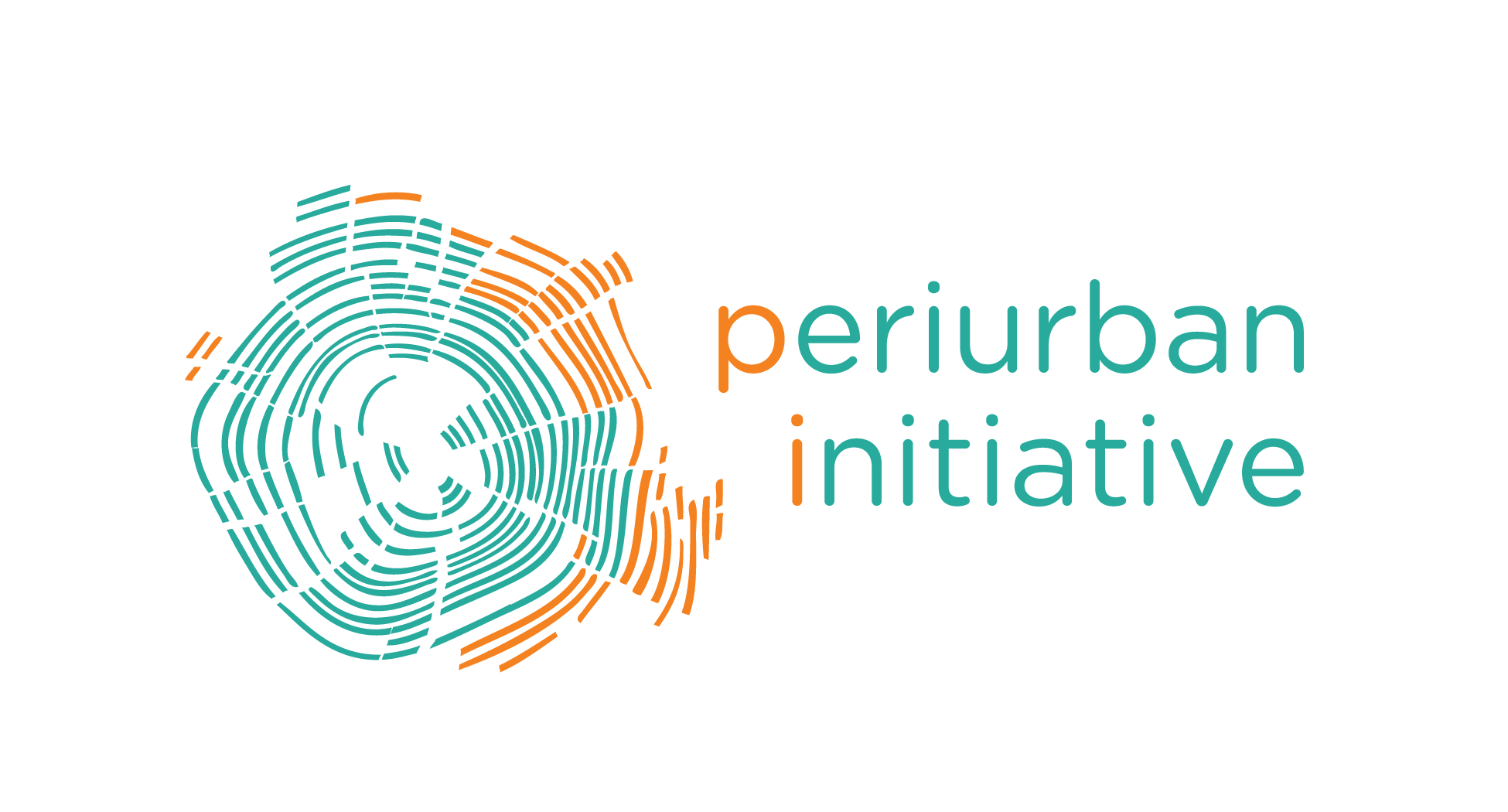Imagining alternative futures for disillusioned youth in Ennore
The peri-urban interface creates various problems and challenges regarding the broader consensus of environmental sustainability. Regions at the edge of peri-urban areas are transitions zones that are ever-changing and mostly expanding. No longer seen in solely spatial terms, the peri-urban interface is increasingly recognized in terms of dynamic flows of commodities, capital, natural resources, people, and pollution.
This project looks at juvenile delinquency conflicts in areas on the edge of Ennore, Chennai. It aims to answer the following research question: How can juvenile delinquency in Ennore be reduced by actively involving young people in local waste management processes?
Introduction
Preliminary Studies
We first reviewed studies that evaluate the effects of childhood and adolescence interventions on educational and criminal behaviour outcomes. We find that early-childhood programs that focus on children from disadvantaged families tend to improve educational outcomes and reduce later criminal behaviour. Interventions in the early school age and adolescence interventions could show positive effects on educational outcomes likewise. In general, existing evidence suggests that early interventions are more effective than later interventions. Studies that focus on identifying the effects of education on the criminal behaviour of young people find that being in school keeps juveniles from being engaged in crime. The expansion of educational attainment seems to reduce the probability of criminal involvement of young people. Higher educational attainment could favourably influence emotional development, patience, risk aversion, and other skills of young people that are negatively related to criminal behaviour.
We selected Tsunami Nagar, Ennore, as our main case study area to examine the possibility of the above-mentioned integration approach. Tsunami Nagar is a housing zone for approximately 23,500 people, who lost their homes to the tsunami catastrophe in 2004. We conducted field interviews with a local school administration, police officials (Assistant Commissioner of Police and Sub-Inspector), and local people, especially the younger lot.
According to the interviews with the local inhabitants of Tsunami Nagar, the average education level is below the 10th standard. Most of the employed people are working as fishermen, drivers, and owners of small shops. Their economic situation is fragile. As a result, it is difficult for youngsters to find work in tune with their salary expectations are about 15,000 to 20,000 INR per month. Waste-related work, when enquired, has a low level of social acceptance.
According to the police and the school administration, people of Tsunami Nagar between the ages of 12 to 29 are involved in juvenile delinquency and illegal activity or behaviour. Young people involved in crimes during adolescence are usually dealt with in the juvenile justice system. Many existing studies on the relationship between education and crime do not consider differences between age groups and have a mixed-age research population. However, youth crime can differ from adult crime in several respects, and therefore its relationship to education might also be different.
First, young people appear to be involved in a greater variety of criminal behaviour, but also in less severe and less sophisticated crime, compared to adults. For example, the most frequent arrests among the Ennore youth are related to minor and major crimes against property, vandalism, drug dealing, disorderly conduct and obstruction of justice, group fighting, carrying of weapons, mobile phone theft, and shoplifting. Secondly, we were told that young people and adults could differ in their motivation to exhibit offending behaviour. In accordance with the economic theory, adults have an economic interest to be engaged in crime. Adolescents tend to report that the primary motivations for their criminal involvement, along with gaining economic and financial benefits are “thrill” and “excitement”.
From the fieldwork, we could derive that violence in school mostly occurs due to feelings of boredom and a lack of activities in the free time. Peer pressure, mood swings, and a lack of reflection on emotional situations appear to be significant factors that can stimulate the offending behaviour of juveniles. Finally, a criminal act can be seen as a risk-taking adventure that elevates the offender's status and respect within their group of peers. As a part of attention-seeking behaviour, we have been told that their crime anecdotes are openly shared in social media.
Waste management is one of the more significant challenges faced by peri-urban areas resulting in health and environmental consequences. Inhabitants in the peri-urban fringe are affected by various risks due to exposure to solid and liquid waste (e.g., degradation of land, effluents, groundwater contamination, water pollution). Furthermore, inadequate sewerage disposal often leads to cholera and other water and airborne health implications.
The Ennore region, as a peri-urban interface, is facing similar problems and challenges in managing waste, both solid and liquid. All solid and liquid waste management functions are the responsibility of the executive authorities of the local bodies: namely Town Panchayats and Village Panchayats. In respect to Town Panchayats, most of them do not have any transfer stations, and they directly dispose of the collected waste in landfill sites available within the local administration boundaries. The system of solid waste collection and disposal is minimal in most of the Village Panchayats. At present, the generation of solid waste in Ennore is around ten metric tons per day. In the surrounding rural areas, it is estimated to be about forty metric tons per day.
In the Ennore region, solid waste is generally managed at the household level itself. However, it is not carried out in a scientific manner. Unsegregated household garbage is generally dumped in a low lying area, along the banks of water bodies or burnt openly by individual households. Several villages in the region do not have landfills or dumpsites. However, the sizable settlement areas such as Tsunami Nagar have organized sanitary workers to carry out the collection and disposal of solid waste.
Nevertheless, waste from restaurants and hotels is also dumped on road margins, water bodies, or in low lying lands. Decaying garbage attracts scavengers. Industrial waste management is done by the industries themselves or by outsourcing the procedures to private operators. Their hazardous waste is usually sent to landfill sites at regular intervals.
We found out that the number of waste collectors in Tsunami Nagar is minuscule. Furthermore, we were told that waste collectors are assaulted for not collecting waste on time. Pieces of training to educate the youth in waste-related questions are offered but often seen as unappealing since no direct payments or benefits are provided.
Therefore, we were thinking of proposing the introduction of a so-called "Dual-System." After a phase of educational training, follows a working phase in which the trainee applies the acquired skills in practical work tasks. In such a system, the trainee would already be paid during the educational training. We believe that this incentive could increase the number of participants in the training offered. Additional waste collectors could be thus trained and employed. Finally, this could lead to reduced activities in juvenile delinquency.
However, an important question remains: How could waste-related work become more attractive? As mentioned earlier, there is a lack of public acceptance of waste-related work. Interestingly, we could derive from our interviews with locals that explaining the advantages of waste management processes to the people have actually led to more enthusiasm to segregate household waste. Therefore, we see the need for young people to act as positive role models in waste-related questions within the community. The strong influence of social media could be purposefully used to improve the public image of waste. As a result, young people could positively influence the behaviour of the family, the community, and future generations towards more responsible handling of waste.
Generally, we believe that these approaches can be an attempt to reduce juvenile delinquency. Nevertheless, the precise inter-relationships and dynamics require further research work. Can the youth, in reality, be incentivized to participate in training through implementing a dual-system? What impact would this have on their involvement in the crime? Could the integration of the youth in waste-related work be a win-win-situation to reduce juvenile delinquency and waste pollution? Could social media be instrumental in building a positive image to make the work with waste generally more attractive?
We hope that subsequent projects will deal with these questions more intensively, and concrete solution strategies can be developed.









